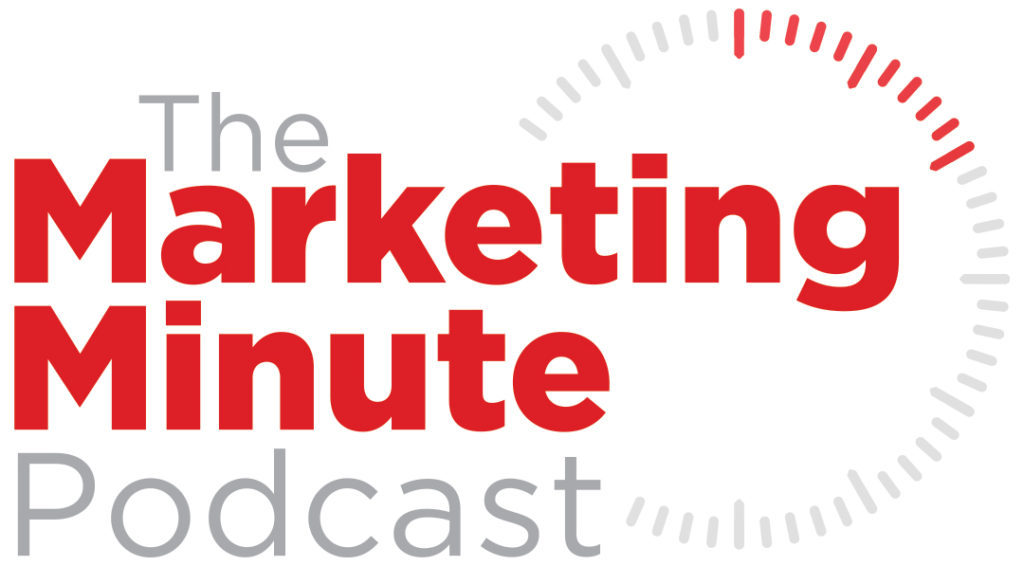
The goal of every healthcare supplier’s website is the same: drive traffic, engage an audience, and convert customers. The way to do this is through search engine optimization (SEO), and the key to effective SEO is content. The more high-quality, relevant information you post on your site, the more material search engines have to scan and index. When a site is useful to its visitors, search engines will grant it higher placement in rankings. This means more visibility and more traffic.
Blogging is the most logical way to add valuable content to your website. Today, more than 31 million Americans host a blog and post at least once a month. That’s a ton of content. The question is, how many blog posts does it take to grow B2B web traffic in healthcare?
Quality or Quantity: Which is Better?
When it comes to content, quality will always win over quantity. You must post meaningful information that brings readers value. A single, high-quality blog post will outperform a dozen mediocre fluff pieces every time. As long as you’re producing valuable content, you can then start strategizing blog frequency to help drive traffic to your site and increase your conversion rates.
The number of blog posts it will take to boost traffic depends on several factors. Every business is different, and the needs of every target audience are unique. What works for one company may not work for another. Details like how and when an audience prefers to receive information, company size, and blog length are all contributing factors to a blog’s success. Before you can begin to develop an effective blogging strategy, you’ll need to do some research.
Understanding Google’s Approach to New Pages
To schedule a blogging plan that works, it’s helpful to first understand how Google ranks pages based on content alone. Google uses a ranking factor called QDF (query deserves freshness) that prioritizes news stories based on these types of searches:
- Current events: timely articles that talk about things happening right now.
- Regularly recurring events: the latest information about anticipated events.
- Frequent updates: the most current details surrounding information that changes often.
QDF means that websites that post fresh, updated content can outperform their competitors. Whether it’s an older site that’s maintaining the relevancy of its past posts, or a new page releasing brand new authoritative content, Google rewards sites that remain consistently current.
Updated posts are especially important for healthcare blogs. Research findings, regulations, and new products are constantly changing, and people in this industry want the most up-to-date information. By consistently posting fresh content, you can increase brand awareness, position yourself as an authority in the healthcare supply chain, gain higher Google rankings, and drive more traffic to your site.
How Many Blog Posts Does It Take to Grow Your B2B Healthcare Site’s Web Traffic?
Research shows that organizations that consistently post 16 blog entries each month drive more traffic than those who don’t. While that may be a good starting point, determining the right frequency for your organization depends on several factors. Even if you were to blog every day, it can take time to develop an article that resonates with readers and drives tons of traffic to your site.
How Often Should You Post on Your Blog? 5 Steps to Know
Here are five steps to determine how many blog posts you should publish to grow B2B traffic in healthcare.
1. Determine Your Marketing Goals
Know what it is you’re trying to achieve with your blog posts. Identify how you can attract an audience and provide them with a positive experience. Maybe the way to do this is through guest blogs, or video content, or infographics. Find out what’s best for your audience. A plan without clearly defined goals is far less likely to succeed.
2. Assess Your Previously Published Content
A website that already has some great cornerstone content doesn’t need to post new content as frequently. Take a look at the number of posts you already have on your blog. Of those posts, identify which ones helped you reach major traffic milestones. This will help you find the relationship between the number of blogs and how many visitors they gained. Use this pattern to plan future posts for continued success.
3. Tune In to Your Traffic Channels
The two most prominent sources for blog content are social media networks and search engine visibility through Google rankings. Social media posts generally last for about a day. For that reason, you can’t rely on a single post to drive ongoing traffic to your site. However, search engine rankings are much more reliable. If you can create evergreen content that gets you on the front page of their listings, you’re more likely to reach more people and drive more traffic to your site.
4. Know Your Audience
Write with your audience in mind. That means you must know their needs and preferences, like how often they want to hear from you. Some companies who increase their blog post frequency actually see a decline in traffic. Their audience doesn’t want to see so much new content so frequently.
You also need to know what kind of material is the most useful to them. Promotional posts that contain pieces of content like ebooks, webinars, or downloadable resources tend to generate the highest number of leads.
5. Sometimes It Simply Comes Down to Trial and Error
Once you determine a blog post schedule that you think will work, give it a try. Implement different times of day and days of the week. Try various approaches to the type of content. Remember your plan isn’t set in stone. If you’re not getting the results you’d hoped for, rethink your strategy and try something new. While you want to post frequently to stay front of mind and continue to be viewed as an authority in your field, quantity should never jeopardize quality.
Drive Traffic with Share Moving Media’s Expert Blog Strategists
A healthcare company that knows its audience and adheres to its marketing goals can create a content strategy that earns high search engine placement and drives traffic to its site. Share Moving Media is a full-service media and content company that provides healthcare suppliers with the tools needed to increase their market share.
From hospital purchasing to hospital distribution, healthcare companies can benefit from Share Moving Media’s services in developing an effective blog post schedule that meets audience needs.
If you’re ready to increase visibility and drive traffic to your site, contact us today.


